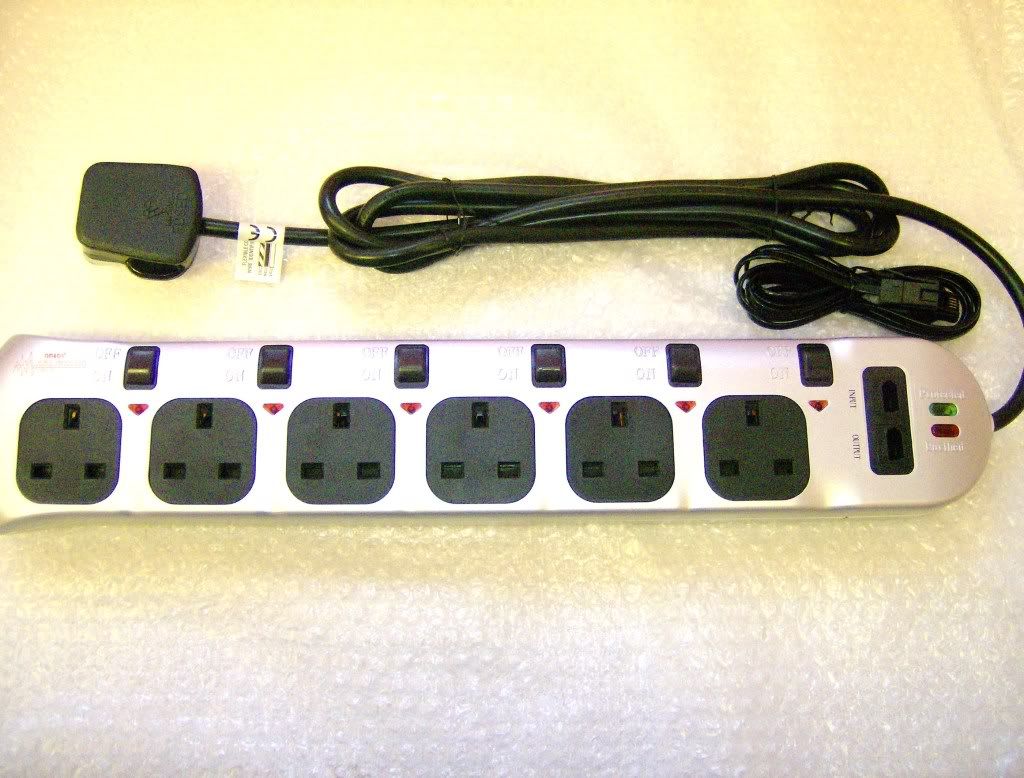AS I switched off my three-watt flying insect zapper this morning (left on overnight), it occurred to me that this is probably the electrical gadget that consumes the least power of all devices in my home.
In an effort to make consumers more aware of power consumption – both at the time of purchase and for use – should not manufactures be obliged to display the wattage more prominently on electrical goods?
At present, nobody really considers this, taking the view that it uses what it uses: but energy costs are going to rise. Making the power consumption more prominent might cause manufacturers to compete more on low energy use ...
.
In an effort to make consumers more aware of power consumption – both at the time of purchase and for use – should not manufactures be obliged to display the wattage more prominently on electrical goods?
At present, nobody really considers this, taking the view that it uses what it uses: but energy costs are going to rise. Making the power consumption more prominent might cause manufacturers to compete more on low energy use ...
.
Tags for Forum Posts: consumption, device, display, electricity, labelling, power, watt, wattage, watts
Replies to This Discussion
-
Depending on voltage region, my thermo-nuclear kettle consumes either 2620 or 3,000 watts – but its only on for a minute. Numbers can be a crude benchmark, but they are simple.
For example, over a period, marketeers managed to reduce the basis of comparison between different DOS-Windows type PCs to a single metric: the clock speed of the processor. It was an unsophisticated approach but that's what the market - comprised mainly of people not interested in the detail – preferred to see.
In this case, a single metric (wattage) is more fully what is needed. Perhaps it will only take increased energy prices to encourage people to take notice of watts used.
The colour coding scale for white goods may have a place, but it seems woolly to me and doesn't mean much in absolute terms.
.
-
How about a ban on all electrical goods having a 'standby' option and return to devices having an 'OFF' switch.
I had a T.V. with no 'off' swich, only 'standby'. It had to be switched off at the wall. It spent it's life mostly on standby (using power) until i came home and switched it on to watch tv.
Lots of people think 'standby' is the same as 'off', it isn't.
Folk don't know it but standby systems are one of the worst offenders because they still use power when on 'standby'. i think it is called 'ghost power use'. sort of an invisible use of power.
here is an experiment - go about your house today and list how many electrical items use 'standby'. For instance, even when your fone charger is not hooked up to the fone, it still uses power if it is plugged in, touch it, it is warm. How many gadget chargers are plugged in for months at a time when not in use ?
You'll be suprised how many items in our homes are wasting energy here's a short list:
Any kind of charger that plugs into wall not hooked to the device.
T.V. dvd freeview box etc.
Hands free land line docking station.
Iphone/pod docking station.
Lights in empty rooms/halls.
Porch lights.
Burglar lights that are triggered by cats walking by.
Computer/modem etc. etc etc
The answer is to switch off at the wall which is safer (electrical fires) and saves on bills/pollution/waste. If you have a plug strip feeding multiple chargers, switch off at the wall or unplug.
Manufacturers should cease producing electricals with 'standby' products, plus it won't hurt to get up from the sofa now and again.
-
The power monitor is another appalling rip off. As it says in the linked article "Energy monitors don't directly save you energy" - so don't buy one. If an electricla item is switched on - even a diode on an extension lead - then it is using electricity. If you can manage without it switch it off and you will use fewer electricity.
-
Matt.
This device has to be switched off at the wall itself and it also has diodes which consume power.
The individual socket switches are an improvement (sort of).
Perhaps elecrical device designers should start concentrating less on the 'convenience' of not having to move our 'bodies actual' and more on producing designs that save on gridline power.
-
James I think we need to keep a sense of proportion here: yes, you're right that the diodes consumer power. But how much? My guess is that it is small fractions of a Watt.
I have left a light on (deliberately) in a house elsewhere in the world. It's been running for six months now 24/7 as a cheap anti-burglar device in an unoccupied house. Terrible? Wasteful? The Wattage is 8 (eight) only. Against a dark background, at night from the gate in a dark street, it seems 10 times brighter than than would suggest.
Not all power consumption is bad. It's the amount of power consumption that may be bad and that's where more prominently displayed Watts might be helpful.
-
Clive
We wouldn't need electrical devices to display package warnings if folk were aware of the waste that we contribute to. Nor would we need energy monitors.
The problem of what to buy is in the power of consumers (us) therefore the consumer is the problem AND the answer simultationally.
-
I have a fuel consumption gauge in my car and it is a fabulous device for limiting my otherwise wasteful driving. Feedback is vital for things like this.
© 2025 Created by Hugh.
Powered by
![]()
